Why Porcelain Top Remain a Better Choice Than Newer Alternatives?
When redesigning your home, choosing the right surface material is one of the most important decisions you'll make. From kitchens and bathrooms to outdoor spaces, homeowners and designers are often faced with a growing array of surface materials — many of which are marketed as the “next big thing.”
Yet despite the rise of newcomers like sintered stone and ultra-compact surfaces, porcelain tops continue to stand the test of time. In this guide, we’ll explore what porcelain tops are, their pros and cons, and why they remain a trusted and reliable choice for both residential and commercial design.
What Are Porcelain Top?
Porcelain tops are engineered surfaces made from refined clay and natural materials, fired at extremely high temperatures to create a dense, durable, and non-porous surface. Their composition and firing process give them exceptional strength and resistance to heat, stains, and moisture.
Porcelain surfaces are available in a variety of colours, patterns, and finishes, including natural stone, concrete, and even wood-look designs — offering both beauty and practicality.
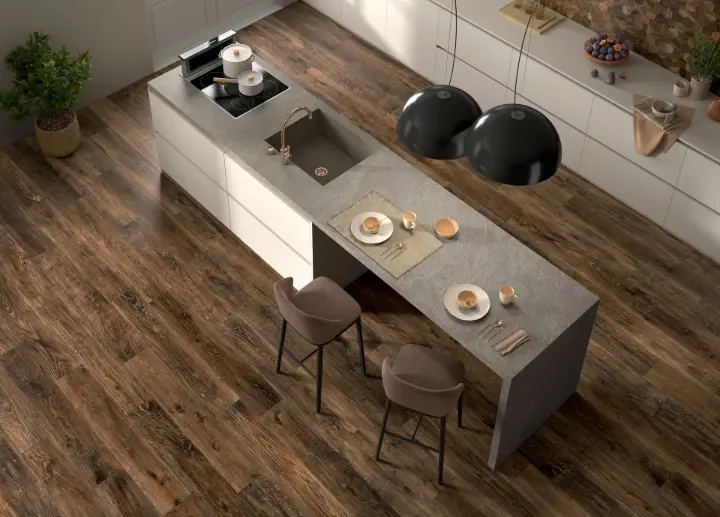
Disadvantages
1. Hard But Brittle
Like many hard surfaces, porcelain can chip at the edges if subjected to heavy impact.
2. Installation Requires Experience
Professional handling is recommended, particularly for cutting large slabs and ensuring proper support.
3. Limited Edge Profile Options
Compared to natural stone or engineered quartz, edge profiling options for porcelain may be more limited.
Advantages
1. High Durability
Resistant to scratches, wear, and impacts. Ideal for high-traffic areas and heavy use.
2. Heat Resistance
Can withstand high temperatures, making it perfect for kitchen worktops and fireplaces.
3. UV Resistance
Colours remain stable under sunlight, suitable for indoor and outdoor applications.
4. Low Porosity
Porcelain is virtually non-porous, offering excellent resistance to stains, bacteria, and water.
5. Easy Maintenance
No sealing required; simple daily cleaning keeps it looking new for years.
6. Design Versatility
Comes in numerous sizes, styles, and finishes, including full-slab options for seamless designs.
7. Lightweight Yet Strong
Especially in thinner formats, porcelain tops offer easier handling and installation without compromising strength.
8. Cost-Effective in the Long Run
Long lifespan with minimal upkeep makes porcelain a smart investment
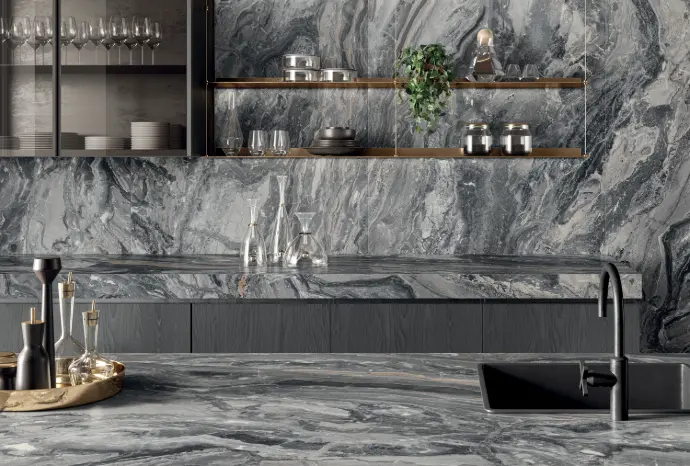
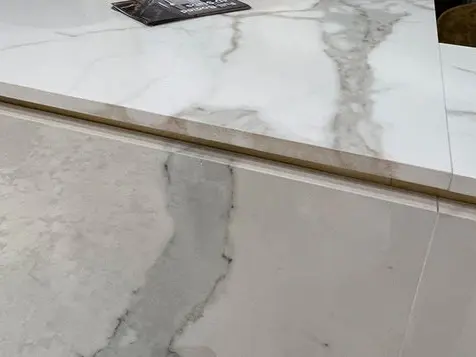
Common Applications of Porcelain Top
Porcelain's adaptability allows it to be used in a wide variety of settings, such as:
- Kitchen countertops and islands
- Bathroom vanities and wall cladding
- Outdoor bar areas and BBQ countertops
- Fireplace surrounds
- Table and furniture surfaces
- Commercial interiors and hospitality spaces
Its uniform surface and wide range of finishes make porcelain ideal for minimalist or modern aesthetics — or even classic designs that require a timeless feel.
Why Choose Porcelain Over Newer Alternatives?
While materials like Dekton and other ultra-compact surfaces are gaining attention, porcelain holds several distinct advantages:
- Proven Track Record: Decades of use in residential and commercial spaces worldwide
- Balanced Cost-to-Performance Ratio: Delivers premium performance without the premium price tag
- Installation Flexibility: Available in different thicknesses and sizes to suit various needs
- Easier Availability: More widely available across suppliers and often faster to source
Simply put, porcelain tops offer tried-and-true dependability — without compromising on style or modern performance.
Final Thoughts
Whether you're designing a new kitchen, upgrading a bathroom, or renovating an outdoor space, porcelain remain one of the most reliable and versatile surface options available today.
With a perfect blend of resilience, beauty, and practicality, porcelain proves that sometimes the best choices aren’t always the newest — but the ones that continue to outperform the rest.
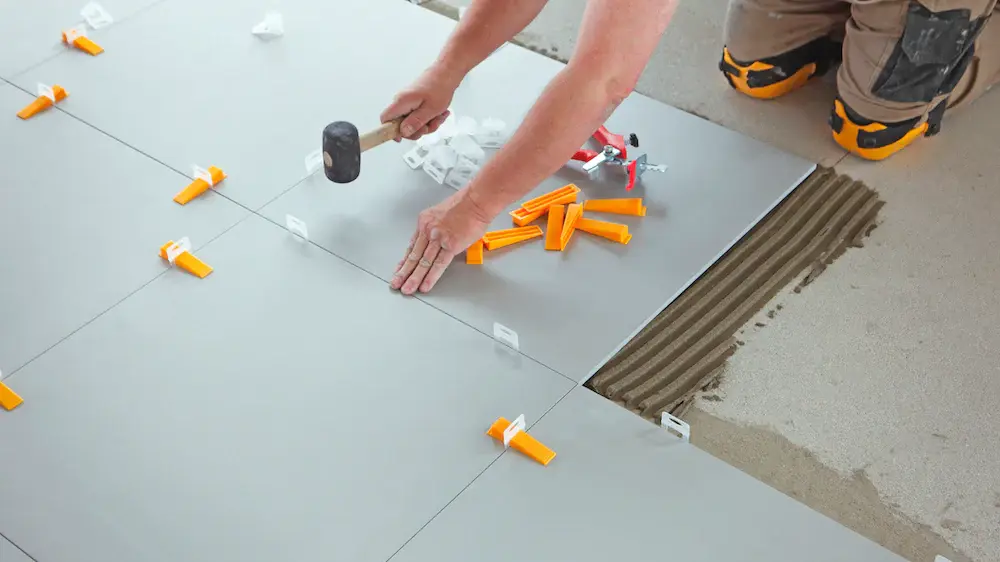

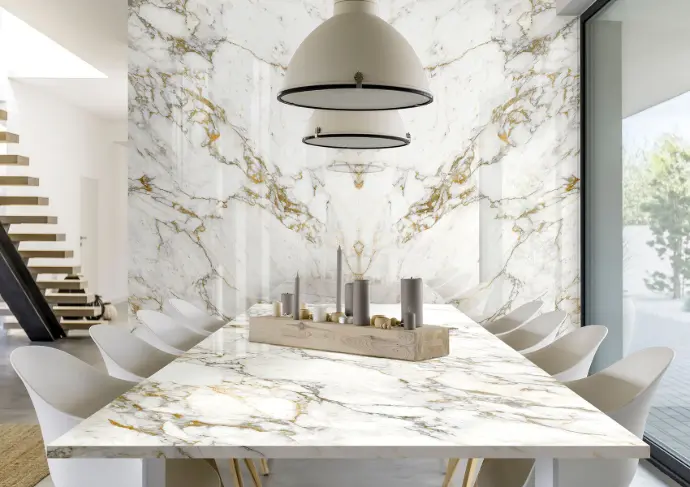
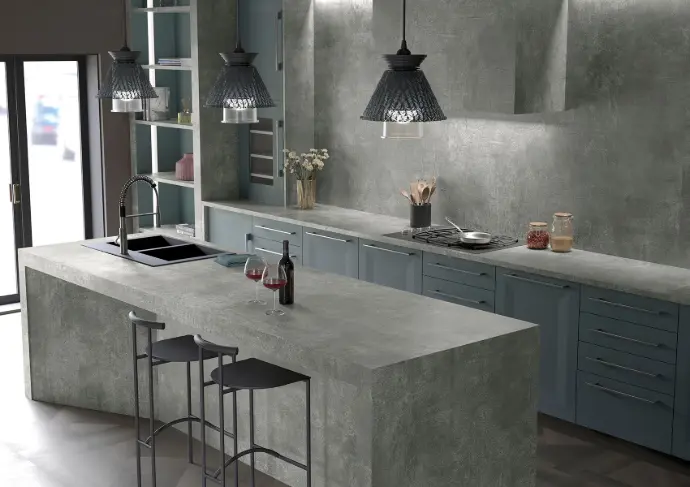
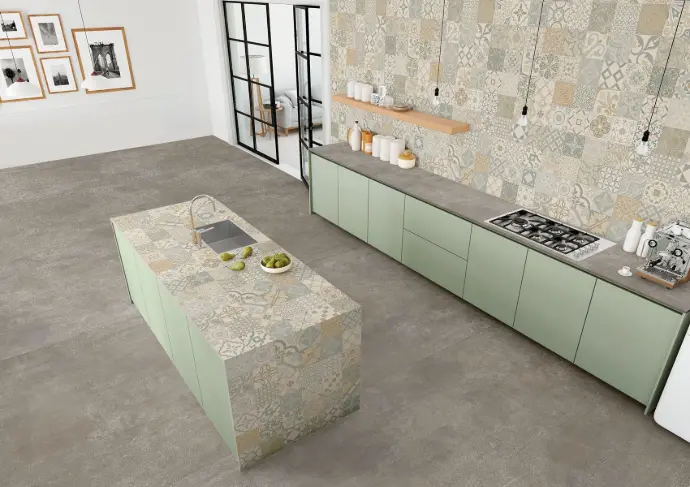
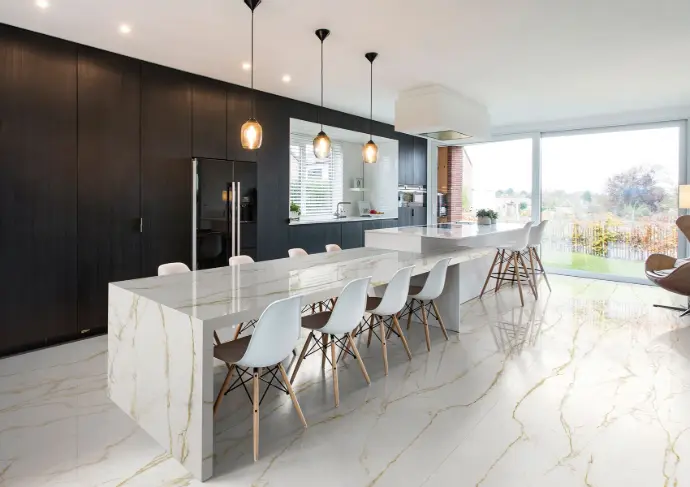
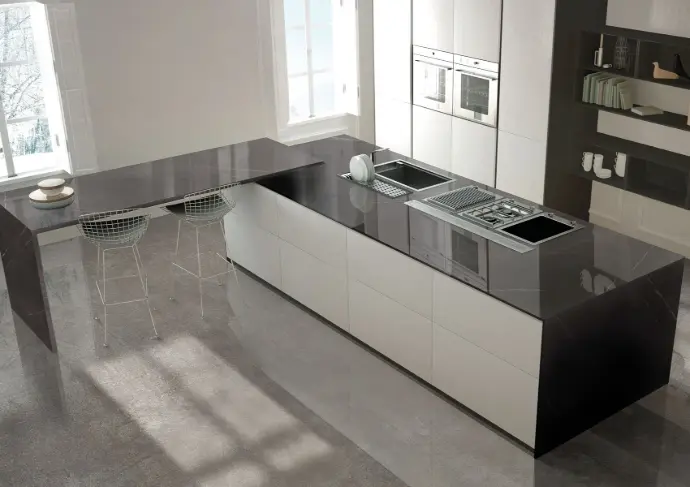
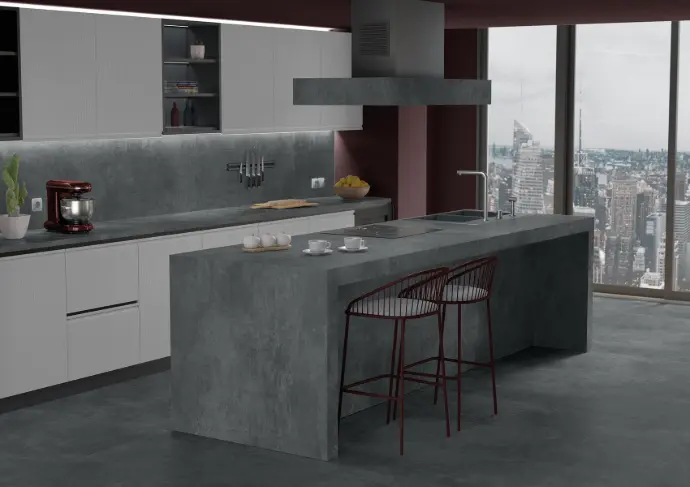
Why Porcelain Tops Stand Out Among Premium Surface Options